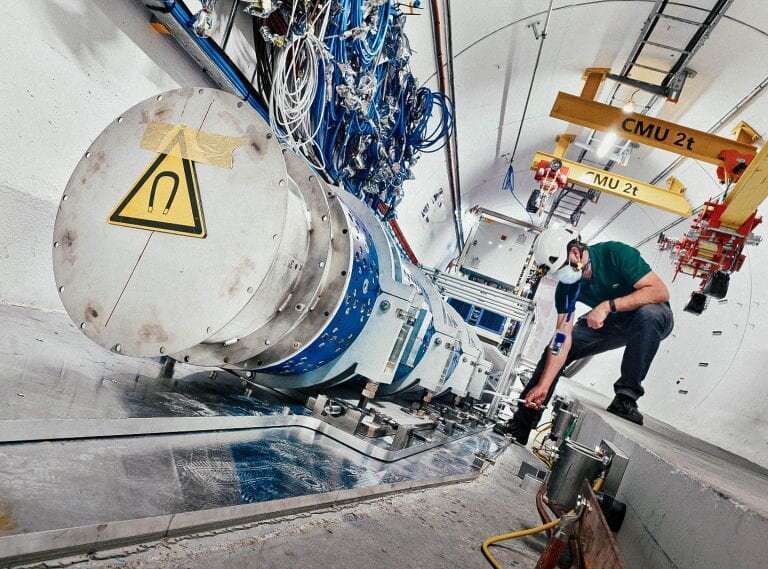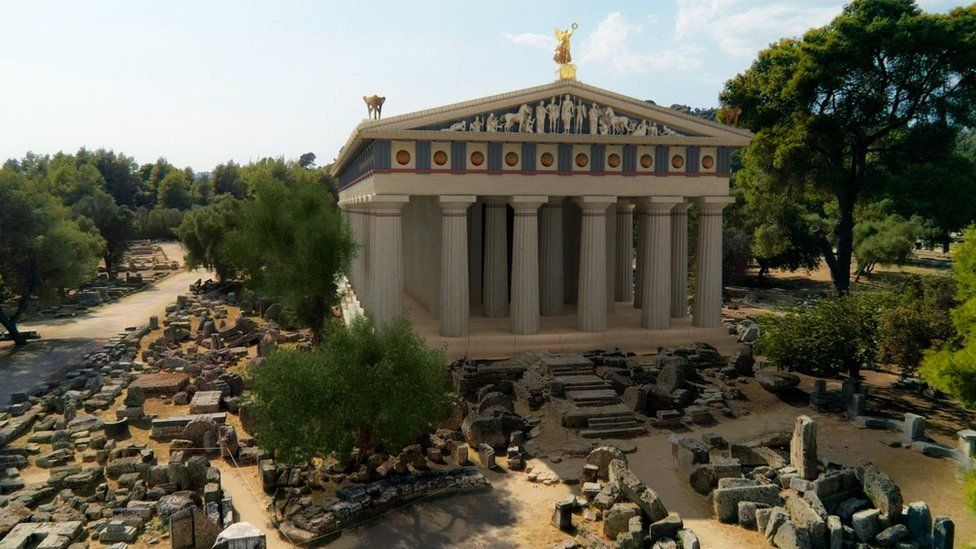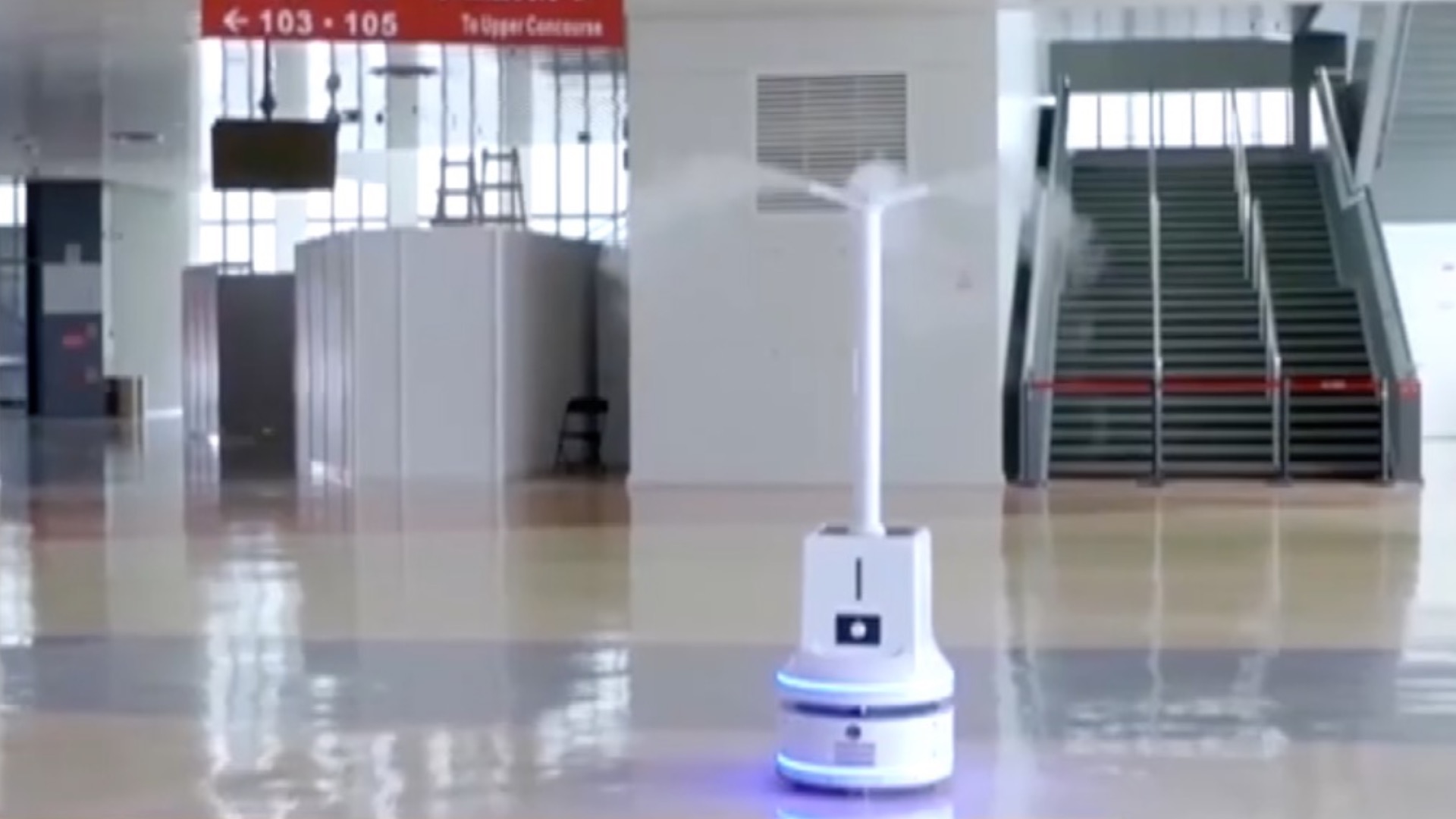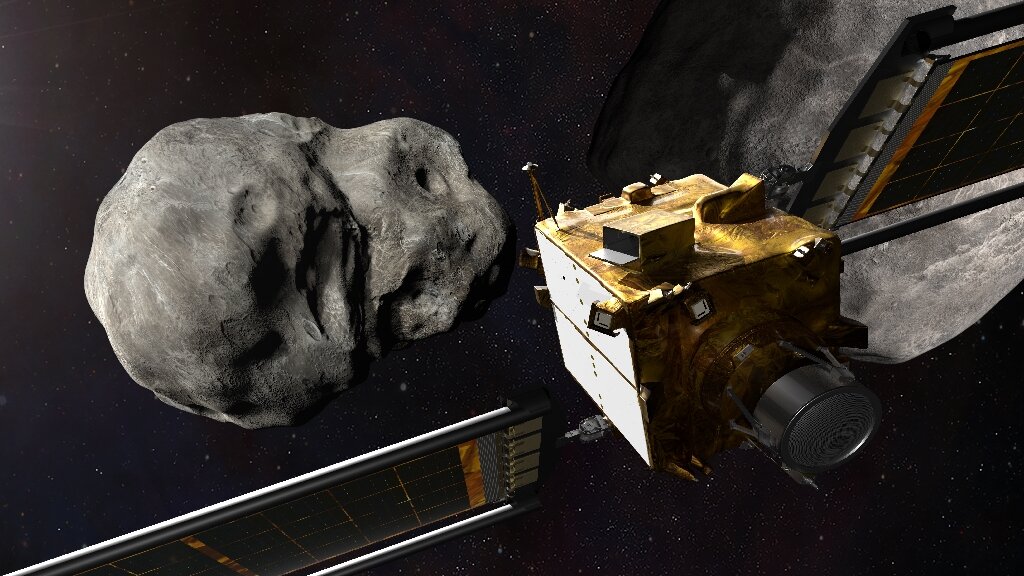
Last year's Castle Fire in California’s Sierra Nevada is estimated to have killed more than 10 percent of the world’s giant sequoias, the largest trees on earth. Sequoias can live through many fires over life spans that last thousands of years; their bark is fire-resistant and they rely on fire to reproduce. To help restore fire-ravaged forests and temper the effects of climate change, a handful of young companies want to scatter seeds from drones. At least three—Dendra Systems, CO2 Revolution, and Flash Forest—have pledged to plant a billion trees, or more. But it’s not clear how effective drone-led reforestation can be. One study found that fewer than 20 percent of seeds dropped by drone take root and grow into trees. None of the companies contacted by WIRED would disclose how many trees they’ve successfully grown to date.
After the Castle Fire, the California Department of Forestry and Fire Protection considered working with DroneSeed, a Seattle company that uses drones the size of washing machines to plant trees within six months of a fire, to help restore Mountain Home State Forest. DroneSeed is the only company in the US with FAA approval to fly multiple drones more than 55 pounds beyond line of sight, but the plan was put on hold. Not every drone-fired seed must take root for the method to be successful. According to Canadian startup Flash Forest, two drone pilots can scatter as many as 100,000 seeds a day. By comparison, a person working by hand can plant about 1,000 seedlings a day. In a landmark study released this summer, researchers from more than a dozen government agencies, universities, and companies in seven countries conclude that drone seeding has the potential to restore forests and cool the planet, but low seed survival rates and other challenges stand in the way.
Credits:
https://www.wired.com/story/drones-replant-forests-seeds-take-root/











